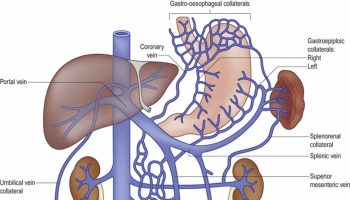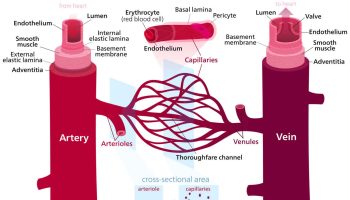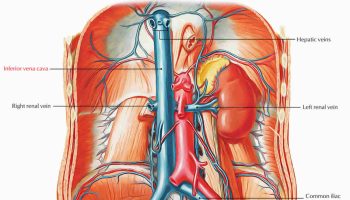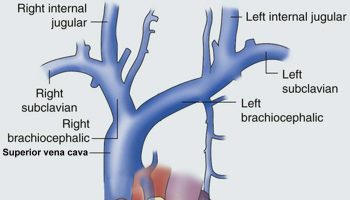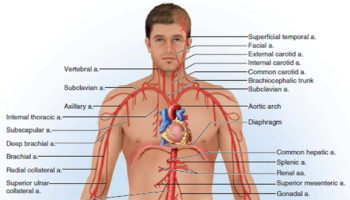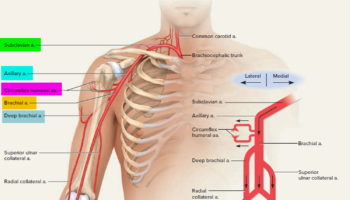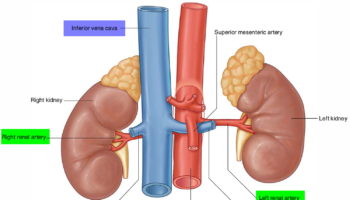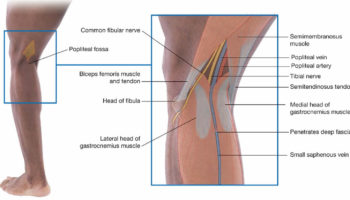Portal vein Portal vein sometimes referred to as the hepatic portal vein, is the main vessel in the portal venous system and drains blood from
Cardiovascular System
What is vasodilation Vasodilation is the widening of blood vessels or an increase in blood vessel diameter. Vasodilation increases blood flow in the body to
What is inferior vena cava Inferior vena cava is a large retroperitoneal blood vessel formed by the confluence of the right and left common iliac
What is superior vena cava Superior vena cava is formed by the junction of the left and right innominate (brachiocephalic) veins and its function is
What are blood vessels Blood vessels are not rigid tubes that simply direct the flow of blood but rather are dynamic structures that pulsate, constrict
Vertebral artery The brain receives its arterial supply from two pairs of vessels, the vertebral and internal carotid arteries (Figure 1), which are interconnected in
Subclavian artery Three large arteries arise from the aortic arch to collectively supply the head, neck, shoulder, and upper limbs: the brachiocephalic trunk, the left
Renal artery Twenty to twenty-five percent of the total cardiac output, or about 1200 mL of blood, flows through the kidneys each minute. Each kidney
Radial artery The radial artery originates from the brachial artery at approximately the neck of the radius and passes along the lateral aspect of the
Popliteal artery The popliteal artery is a continuation of the femoral artery in the popliteal fossa at the rear of the knee. It begins where
Peripheral artery disease Peripheral artery disease is a disease in which plaque builds up in the arteries that carry blood to your head, organs and
Iliac artery The abdominal aorta descends to the level of the fourth lumbar vertebra (lumbar spine L4) where it divides into two common iliac arteries
